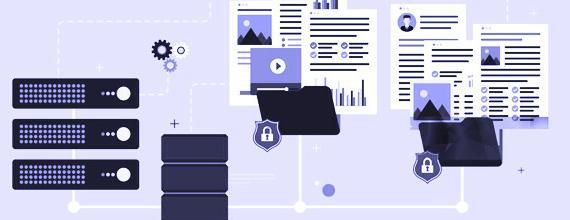Computer algorithms and the latest developments in natural language processing (NLP) and artificial intelligence (AI) could make trading workflows and processes more efficient and less time-consuming.
NLP is a branch of AI that interprets, summarizes and understands human language. NLP aims to build systems that can analyze text and perform tasks such as pre-trade check, requesting a quote, and providing reports.
Recent examples of NLP applications that have achieved a high level of maturity include:
- Research reports, research papers, etc., are scraped and a contextual summary of key findings is provided, saving researchers time and effort
- Taking notes and generating summaries during meetings
- The use of plain English rather than software code for building web applications.
Among the questions that one looks for when automating RFQs are:
- Who is the client?
- What are his permissions?
- What type of OTC contract is this?
- What is the client limit?
Automated systems can read and structure RFQs using NLP technology. To save time, desks can automate pricing instead of having to quote them manually. The ability to generate pre-trade checks and price them automatically through the front office API can reduce the time required to make bid/no-bid decisions, and any time saved translates directly into cost savings and resource optimization.
Make use of machine-learning models
Several NLP-based machine-learning (ML) models will be required to extract topics from the RFQ message. The goal of machine learning is to teach machines to perform repetitive tasks, such as categorizing images, detecting fraud in credit card transactions, and detecting spam. Machine learning algorithms are taught by providing historical data (text, numerical data, images, etc.) and training them to understand the complex relations within the data to ultimately achieve desired outcomes.
The trading desk can use ML models to determine the type of contract and any other customized classification for RFQs. This requires manually classifying and curating the training data prior to building the models, which requires the IT team to work closely with the trading desk to set up an interface that captures the manual classification and training.
Although this appears to be a labor-intensive process, organizations must consider the future benefits and the amount of time it will save them in the future.
By using this workflow, clients’ requests, data recording, and collaboration with other proposal members will be significantly shortened. Using NLP techniques, such as pattern matching, NER, content libraries, and machine learning, can improve the speed and accuracy of automatic pricing, service traders, and reduce errors.
For any company to achieve this level of maturity, a solid NLP foundation, including named entities, content libraries, machine learning models, and other NLP pipelines are essential.



















